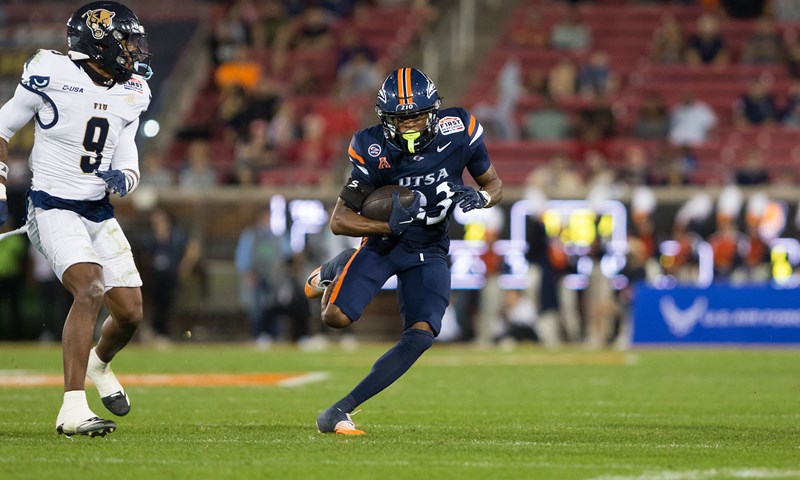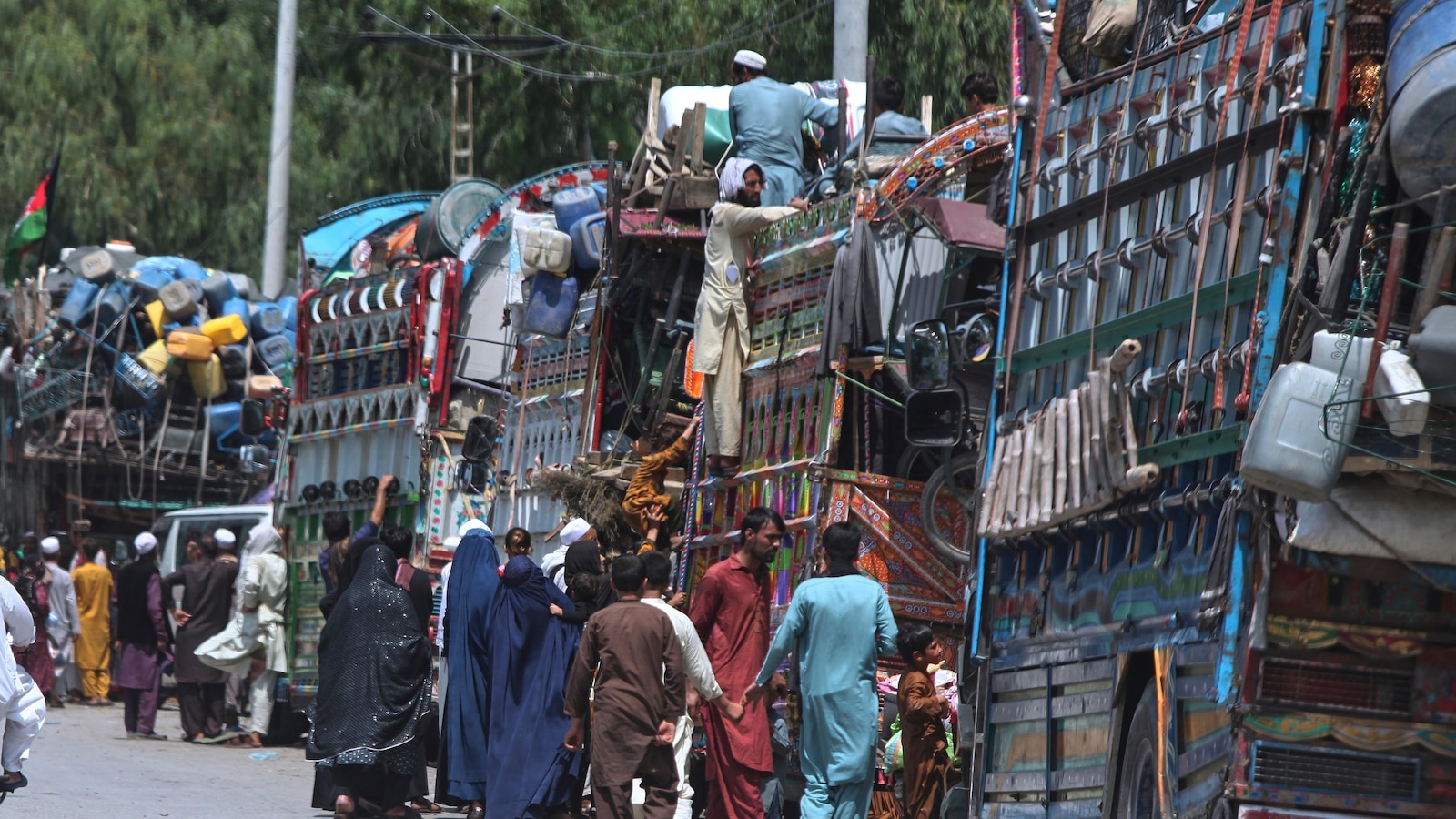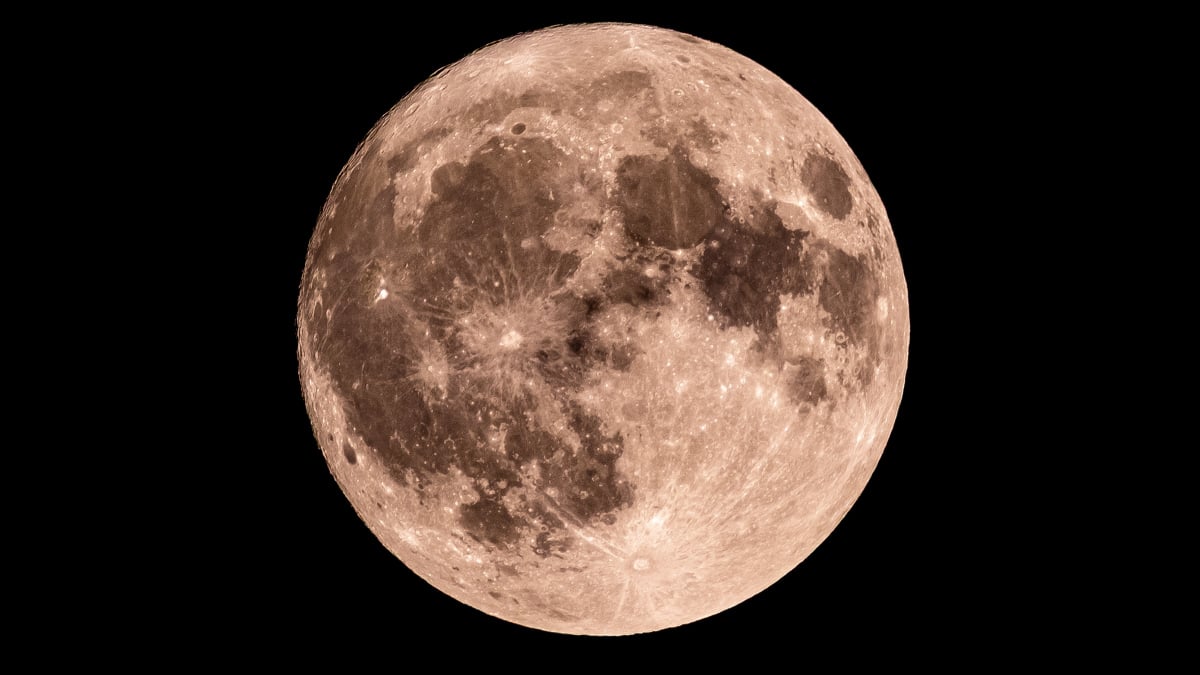Danny FullbrookBedfordshire, Hertfordshire and Buckinghamshire
 Danny Fullbrook/BBC
Danny Fullbrook/BBCAt 82, Dave Robinson’s lifelong commitment to music shows no sign of slowing…

Danny FullbrookBedfordshire, Hertfordshire and Buckinghamshire
 Danny Fullbrook/BBC
Danny Fullbrook/BBCAt 82, Dave Robinson’s lifelong commitment to music shows no sign of slowing…

DALLAS (AP) — Owen McCown threw three touchdown passes, Will Henderson III scored three times, and UTSA defeated…

KABUL, Afghanistan — For 10 hours a day, Rahimullah sells socks from his cart in eastern Kabul, earning about $4.5 to $6 per day. It’s a pittance, but it’s all he has to feed his family of five.
Rahimullah, who like many Afghans goes by only…
WHO. The World Health Organization has published its latest Global Leprosy. (Hansen Disease) Update, 2024: beyond zero Cases — What elimination of leprosy really means. in World Health Organization. 20, 365-384 (2024).
Rathod, S. P., Jagati, A….

Ataullah Tarar says that children running into the study unexpectedly the reason Iqbal gave for the disruption
Planning Minister Ahsan Iqbal on Friday…

It’s a new lunar phase tonight, the First Quarter. This is when half of the moon is lit on the right side.
As of Saturday, Dec. 27, the moon phase is First…
Silver breached the $77 mark for the first time on Friday, while gold and platinum hit record highs, buoyed by expectations of U.S. Federal Reserve rate cuts and geopolitical tensions that fueled safe-haven demand.
Spot silver jumped 7.5% to $77.30 per ounce, as of 1:53 p.m. ET (1853 GMT), after touching an all-time high of $77.40 earlier today, marking a 167% year-to-date surge driven by supply deficits, its designation as a U.S. critical mineral, and strong investment inflows.
Spot gold was up 1.2% at $4,531.41 per ounce, after hitting a record $4,549.71 earlier. U.S. gold futures for February delivery settled 1.1% higher at $4,552.70.
“Expectations for further Fed easing in 2026, a weak dollar and heightened geopolitical tensions are driving volatility in thin markets. While there is some risk of profit-taking before the year-end, the trend remains strong,” said Peter Grant, vice president and senior metals strategist at Zaner Metals.
Markets are anticipating two rate cuts in 2026, with the first likely around mid-year amid speculation that U.S. President Donald Trump could name a dovish Fed chair, reinforcing expectations for a more accommodative monetary stance.
The U.S. dollar index was on track for a weekly decline, enhancing the appeal of dollar-priced gold for overseas buyers.
On the geopolitical front, the U.S. carried out airstrikes against Islamic State militants in northwest Nigeria, Trump said on Thursday.
“$80 in silver is within reach by year-end. For gold, the next objective is $4,686.61, with $5,000 likely in the first half of next year,” Grant added.
Gold remains poised for its strongest annual gain since 1979, underpinned by Fed policy easing, central bank purchases, ETF inflows, and ongoing de-dollarization trends.
On the physical demand side, gold discounts in India widened to their highest in more than six months this week as a relentless price rally curbed retail buying, while discounts in China narrowed sharply from last week’s five-year highs.
Elsewhere, spot platinum rose 9.8% to $2,437.72 per ounce, having earlier hit a record high of $2,454.12 while palladium surged 14% to $1,927.81, its highest level in more than three years.
All precious metals logged weekly gains, with platinum recording its strongest weekly rise on record.